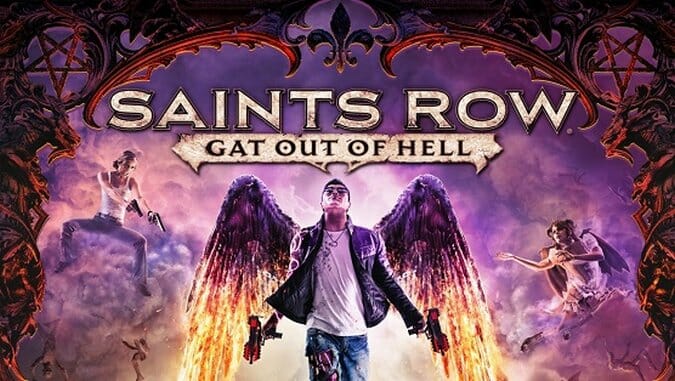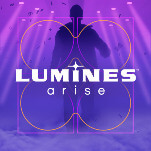Saints Row: Gat Out of Hell—Dumb With Pizazz

Many open-world games aim to be generous without putting any thought behind that generosity. Games are filled with hours upon hours of content, often presented as side-activities, designed to exploit players’ compulsiveness, but rarely is that content ever engaging to the point that it rises above being time-killing distraction. Too often it’s a chore that needs to be done to get to the good stuff. Spending two hours hunting for various metals and furs to create fancy armor or please some villager just isn’t a worthwhile venture for me anymore, nor is collecting a bunch of tokens or items just because they’re littered across a city like garbage masquerading as treasure.
The later entries of Saints Row, a series that started as a copycat of Grand Theft Auto, have existed outside this sphere of content-with-a-capital C driven disappointment. But let’s be clear here: they are ultimately the same kind of game. The majority of Saints Row III, IV and Gat Out of Hell are spent doing ludicrous missions and activities across each game’s respective city. However, the creative ingenuity and humor behind most of those activities makes them worthwhile. My favorite is the series’ Insurance Fraud activity where you throw yourself against vehicles to earn a specific amount of money before the timer runs out. You earn more money by staying airborne and using the game’s physics engine to bounce from car to car as they pass through an intersection. Another activity, one specific to Gat, has you batting frat boy demons, all of them wearing polos with popped collars, into goal posts with a spiked paddle.
These sorts of activities, along with some occasionally shrug-worthy missions where you kill enemies to gain control of an area in the game’s world, pepper Gat’s city. They’re presented as side activities, but they ultimately end up being the main attraction because the game’s story is rather short (my total playtime was just under four hours). However, there’s no minute wasted and almost every joke lands, especially as the story zooms toward its conclusion in the last hour. These gags, particularly any scene involving a sentient Ouija board or a verbose Shakespeare, are solid enough that I found myself chuckling throughout the game’s campaign.
A laudable design decision for the campaign was to give players the choice to play as Kinzie Kensington, a geeky, wisecracking former FBI agent who joined the Saints in Saints Row II, as well as Gat. The two of them venture into the depths of hell to save the President, the protagonist from the four Saints Row games, and find themselves building alliances with famous historical figures to take down Satan. The only disappointment with the campaign itself is that while I chose to play as Kinzie, except for two segments where you’re forced to play as Gat, the story always focused on Gat. A cut-scene would sometimes credit Gat with what I, as Kinzie, had just done, often creating a disconnect between the game I was playing and the story that Gat Out of Hell wants to tell.
Mechanically Gat out of Hell functions the same way that Saints Row IV does. It’s all about gaining power, presented in the form of glowing spheres you have to collect to upgrade special abilities, and using that power to unleash devastation on your foes as you roam the city. Instead of IV’s aliens, it’s the denizens of hell this time, though they’re not particularly interesting enemies. They stand in place most of the time and are pretty easy to kill, basically bowling pins for you to knock down with your super powers. Among those powers are a shockwave-creating stomp and a gorgon blast that turns your enemies to stone statues to be shattered. There are a couple more, as well as mutators so that you can change certain elements for each power. For example, one mutator changes the gorgon blast to an enemy-seeking projectile that devour their souls. The combat hasn’t changed at all from IV but it doesn’t need to since it was already entertaining, if not challenging.
-

-

-

-

-

-

-

-

-

-

-

-

-

-

-

-

-

-

-

-

-

-

-

-

-

-

-

-

-

-

-

-

-

-

-

-

-

-

-

-









































